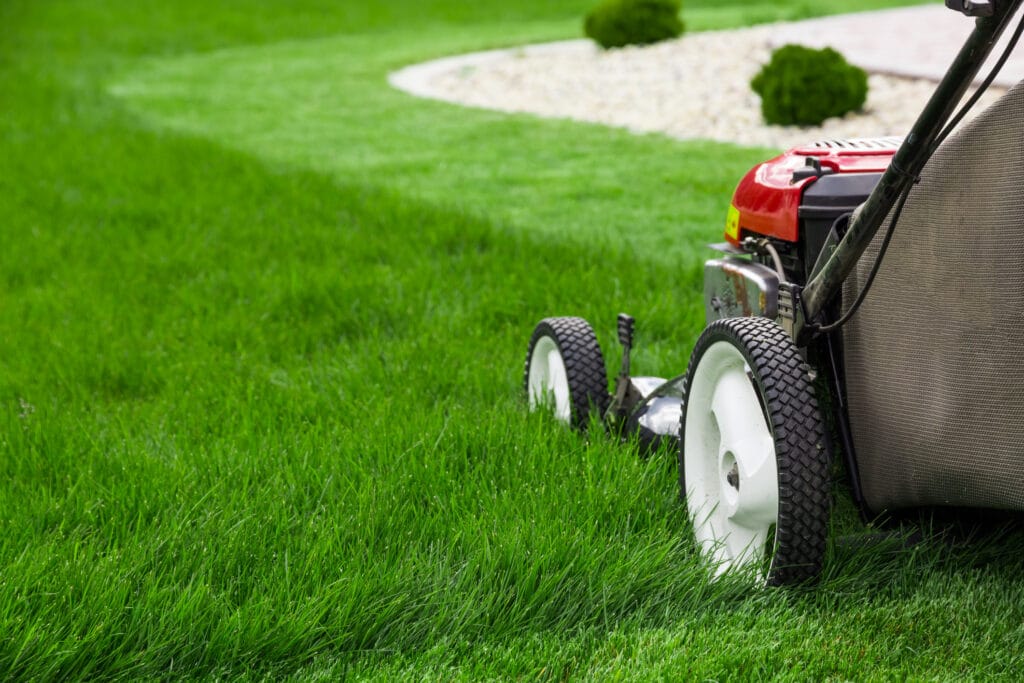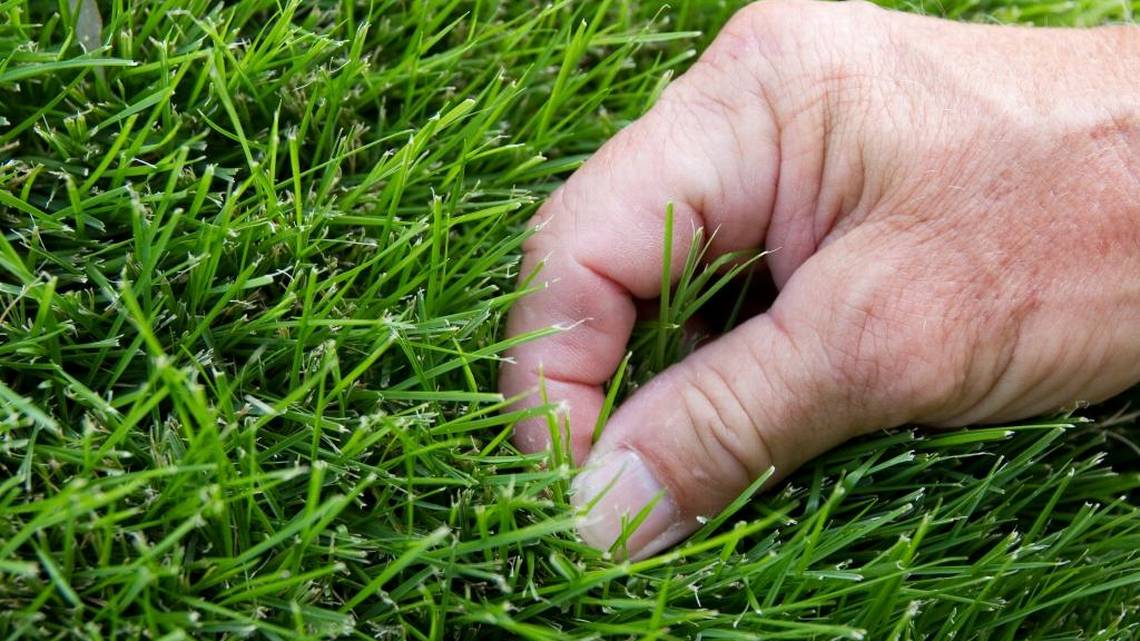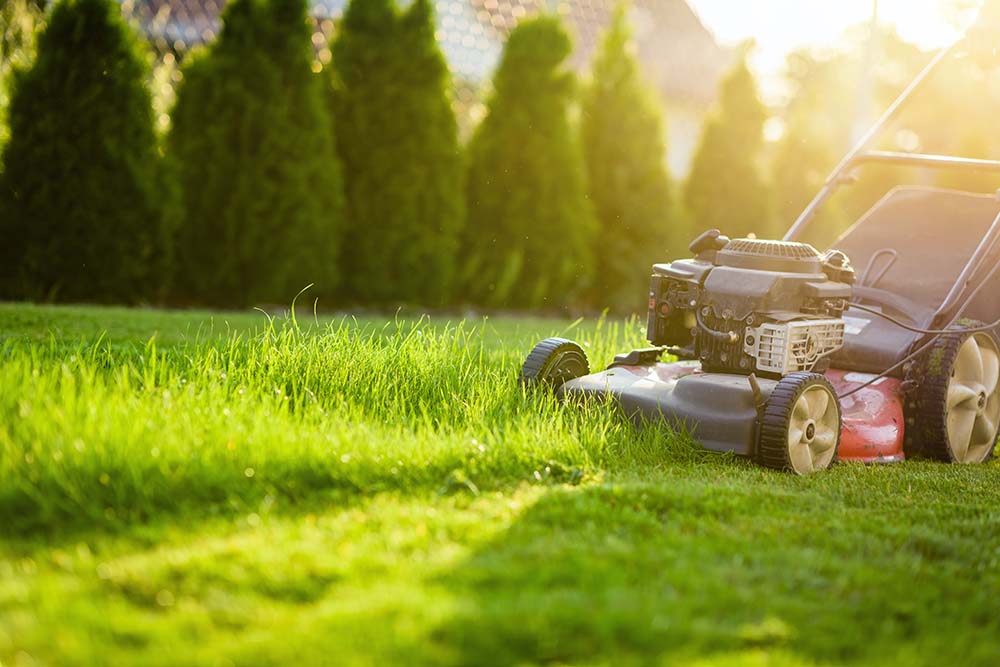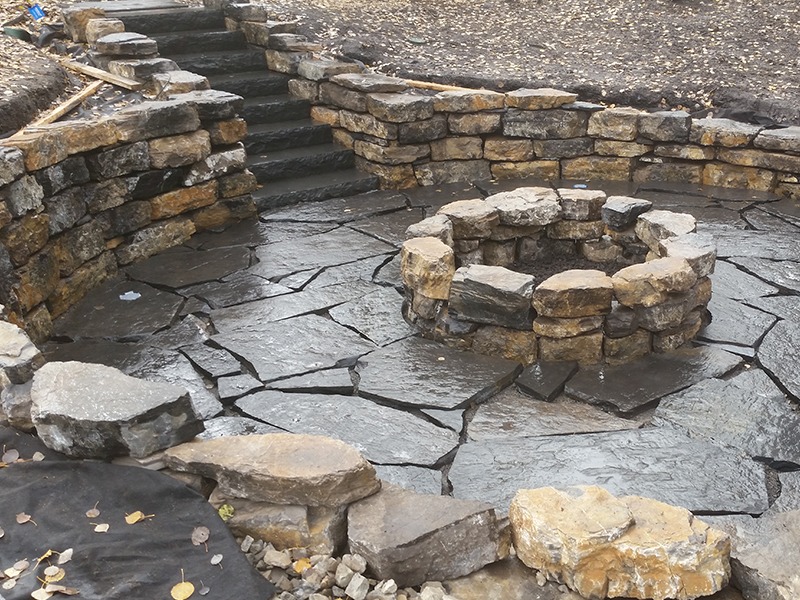

How to Install Artificial Turf
February 8, 2024
When Should You Cut New Sod
February 20, 2024How to Care for Your Lawn
A beautifully maintained lawn can enhance the aesthetics of any property, providing a lush green carpet for relaxation and recreation. However, attaining and upholding such a lawn demands dedication, labor, and expertise. In this comprehensive guide, How to Care for Your Lawn; we will delve into the various aspects of lawn care, offering tips and techniques to help you nurture a healthy and vibrant lawn that you can be proud of.
How to Care for Your Lawn: Complete Guide

I. Understanding Your Lawn
- Identifying Grass Types: Prior to starting a lawn care routine, it’s essential to determine the grass variety in your yard since each species has specific needs.
- Assessing Soil Quality: Testing the soil is essential for establishing a vibrant lawn, as it helps assess pH levels, nutrient deficiencies, and soil structure to promote healthy growth.
- Recognizing Climate and Local Conditions: Consider the climate and environmental conditions in your area to tailor your lawn care practices accordingly.
II. Basic Lawn Maintenance
- Mowing Techniques and Frequency: Proper mowing techniques, such as maintaining the correct cutting height and using sharp blades, are essential for promoting healthy grass growth.
- Proper Watering Practices: Encourage deep root growth and drought tolerance by watering deeply but infrequently. Be cautious of overwatering as it may result in shallow roots and increase susceptibility to disease.
- Dealing with Weeds and Pests: Promote robust root development and enhance drought resilience by watering deeply but sparingly. Exercise care to avoid excessive watering, which can lead to shallow root systems and heighten vulnerability to diseases.
- Fertilization Schedule and Methods: Develop a fertilization schedule based on soil test results and the specific needs of your lawn. Consider organic alternatives to synthetic fertilizers for a more sustainable approach.
III. Advanced Lawn Care Techniques
- Aeration for Healthier Soil: Regular aeration helps alleviate soil compaction, improve air and water infiltration, and promote root growth.
- Overseeding for Thicker Grass Coverage: Overseeding involves adding fresh grass seed to address bare spots and enhance the overall thickness of the lawn.
- Dethatching to Remove Buildup: The accumulation of thatch can impede the absorption of water and nutrients. Dethatching involves the removal of this layer of deceased grass and debris to encourage a more robust lawn.
- Soil Testing and pH Adjustment: Regularly conduct soil tests to evaluate nutrient levels and pH balance. Adjust soil pH as needed to create optimal growing conditions for grass.
IV. Seasonal Lawn Care Calendar
Spring:
- Prepare for spring growth by cleaning up debris and assessing winter damage.
- Seed and fertilize to encourage lush growth and address bare patches.
- Implement weed prevention strategies to keep your lawn weed-free.
Summer:
- Manage heat stress and drought by adjusting watering practices and providing shade where possible.
- Water deeply and in the early morning to reduce evaporation-induced water loss.
- Monitor for pests and diseases and implement necessary measures to manage infestations effectively.
Fall:
- Aerate and overseed to promote root growth and thicken turf.
- Keep up with leaf removal to prevent suffocation of grass and potential mold issues.
- Apply a winterizing fertilizer to fortify your lawn for the colder months ahead.
Winter:
- Prevent snow mold by removing snow promptly and avoiding heavy foot traffic on frozen grass.
- Perform maintenance on lawn equipment to ensure readiness for the upcoming season.
- Use the winter months to plan and prepare for spring lawn care activities.
V. Sustainable Lawn Care Practices
- Eco-Friendly Alternatives to Chemical Treatments: Explore natural and organic solutions for weed and pest control to minimize environmental impact.
- Water Conservation Strategies: Implement water-saving techniques such as rainwater harvesting and installing a rain sensor on your irrigation system.
- Composting and Organic Fertilization: Utilize compost and organic fertilizers to improve soil health and reduce reliance on synthetic chemicals.
- Integrating Native Plants for Biodiversity: Incorporate native plants into your landscape to support local ecosystems and reduce maintenance needs.
VI. Troubleshooting Common Issues
- Yellowing or Browning Grass: Address nutrient deficiencies, water stress, or compaction issues that may be causing grass discoloration.
- Patchy or Thinning Areas: Overseed thin areas and improve soil quality to encourage grass growth and density.
- Weeds and Invasive Species: Use targeted control methods such as hand pulling or spot treatments to manage weeds while minimizing harm to desirable plants.
- Pest Infestations and Diseases: Identify the culprit and choose appropriate control measures, considering both chemical and non-chemical options.
VII. Tools and Equipment for Lawn Care
- Essential Lawn Care Tools: Mower, trimmer, edger, rake, shovel, and soil testing kit are some essential tools for maintaining a healthy lawn.
- Choosing the Right Mower: Select a mower that suits your lawn size, terrain, and personal preferences, whether it’s a push reel mower, gas-powered rotary mower, or electric mower.
- Specialty Equipment for Advanced Care Techniques: Consider investing in specialized equipment such as aeration machines or overseeders for more intensive lawn care tasks.
VIII. Tips for Maintaining a Healthy Lawn
- Regular Monitoring and Observation: Keep an eye on your lawn’s condition and adjust your maintenance practices accordingly.
- Consistency in Maintenance Routines: Stick to a regular lawn care schedule to ensure optimal results.
- Adjusting Practices Based on Seasonal Changes: Adapt your lawn care regimen to meet the changing needs of your lawn throughout the year.
- Seeking Professional Advice When Needed: Consult with local extension services or lawn care professionals for expert guidance on challenging issues.
Creating a vibrant green lawn demands commitment and understanding, yet the benefits make the endeavor worthwhile. By following the tips and techniques outlined in this guide and adopting sustainable lawn care practices, you can enjoy a healthy and vibrant lawn that enhances the beauty of your outdoor space while contributing to a greener environment.
How to Care for Your Grass

Caring for your lawn is crucial for keeping it healthy and attractive. Here are some suggestions to help ensure your grass flourishes:
- Regular Mowing: Maintain your grass at the height recommended for its species and refrain from trimming more than one-third of the grass blade’s length at once to prevent stress and scalping.
- Proper Watering: Encourage deep root growth by watering deeply but infrequently. Minimize evaporation by watering in the early morning, and adjust watering frequency according to weather conditions.
- Fertilization: Apply fertilizer according to your lawn’s needs and the recommendations of a soil test. Select a fertilizer that has the right blend of nutrients suitable for the type of grass you have.
- Weed Control: Prevent weeds by upholding a robust lawn through correct mowing, watering, and fertilizing practices. Use targeted treatments for persistent weeds while minimizing the use of chemical herbicides.
- Pest Management: Monitor your lawn for signs of pest infestations such as grubs or chinch bugs. Develop strategies for managing pests that integrate various methods while prioritizing the protection of beneficial insects to minimize harm.
- Aeration: Regularly aerate your lawn to reduce soil compaction and enhance the infiltration of air, water, and nutrients to the roots of the grass.
- Overseeding: Overseed thin or bare areas of your lawn to promote denser turf and improve overall grass coverage.
- Dethatching: Remove thatch buildup to prevent it from inhibiting water and nutrient uptake by the grass roots.
- Seasonal Maintenance: Modify your lawn maintenance routines according to the seasonal requirements to adequately address the evolving demands of your grass. This includes fertilizing in the spring and fall, adjusting watering frequency in the summer, and preparing for winter dormancy in the fall.
How to Take Care of Lawn with Ace Landscapes

Are you prepared to turn your lawn into a thriving, colorful sanctuary that enhances the aesthetics of your residence? Look no further than Ace Landscapes, your trusted partner for professional lawn care services in Calgary.
With our team of experienced landscapers and a commitment to excellence, Ace Landscapes is dedicated to providing tailored solutions to meet your lawn care needs. Whether it’s routine upkeep, tailored treatments, or a comprehensive overhaul for your lawn, we possess the knowledge and capabilities to achieve outstanding outcomes.
Contact us today to schedule a consultation with Ace Landscapes and discover how we can help you achieve the lawn of your dreams. Let our team take care of all your lawn care needs, so you can relax and enjoy your outdoor space to the fullest.


